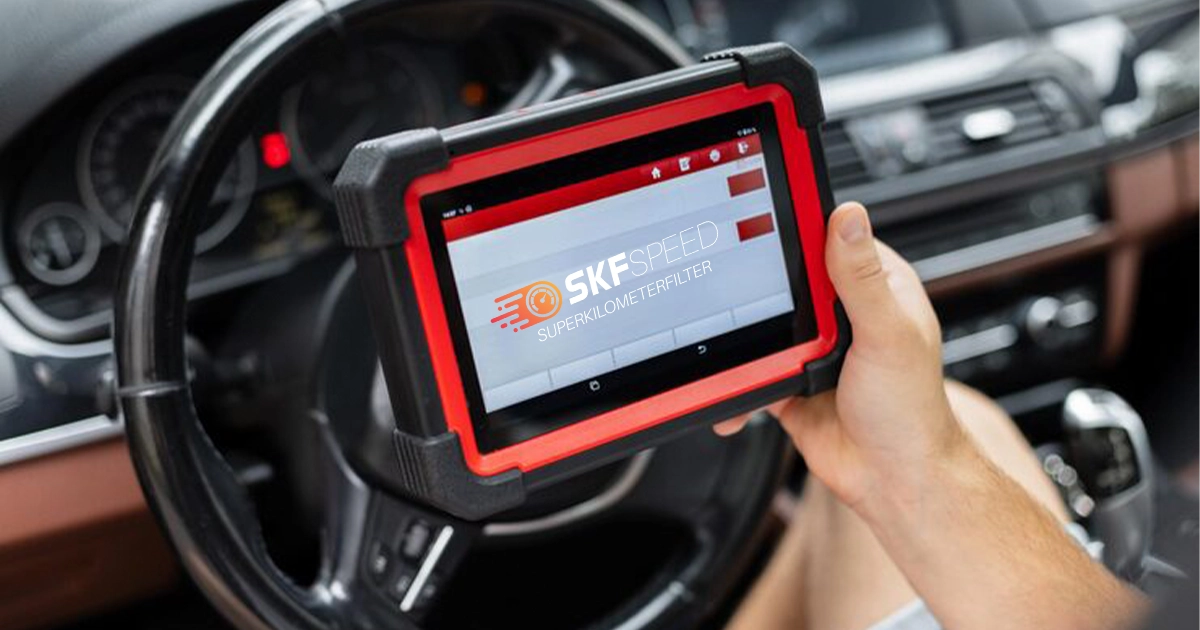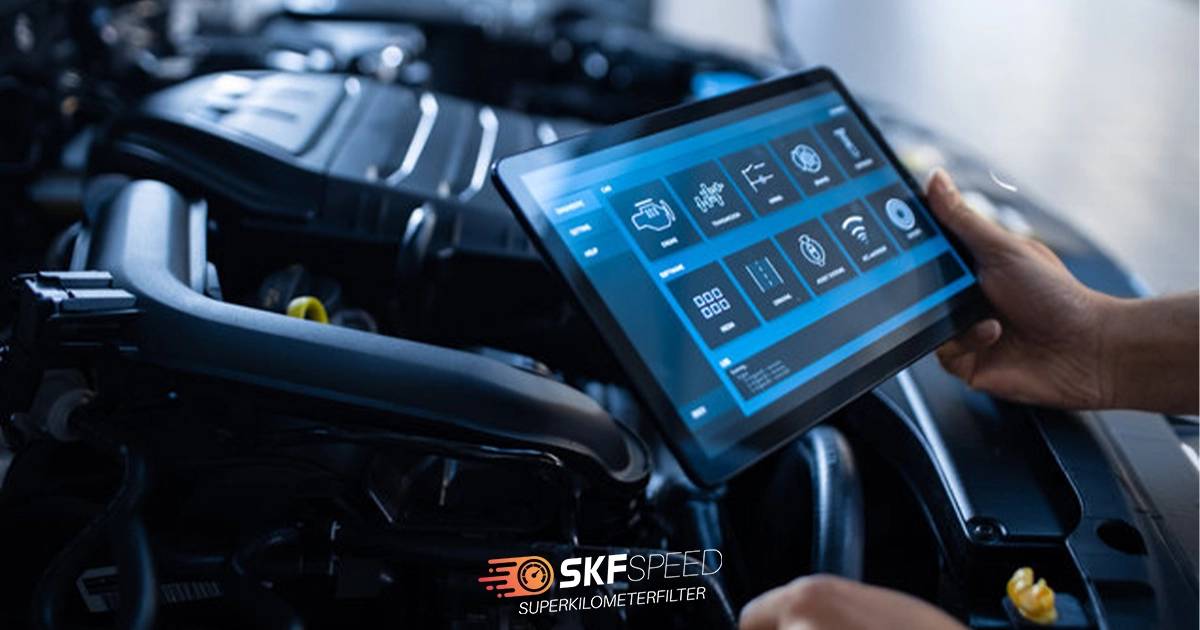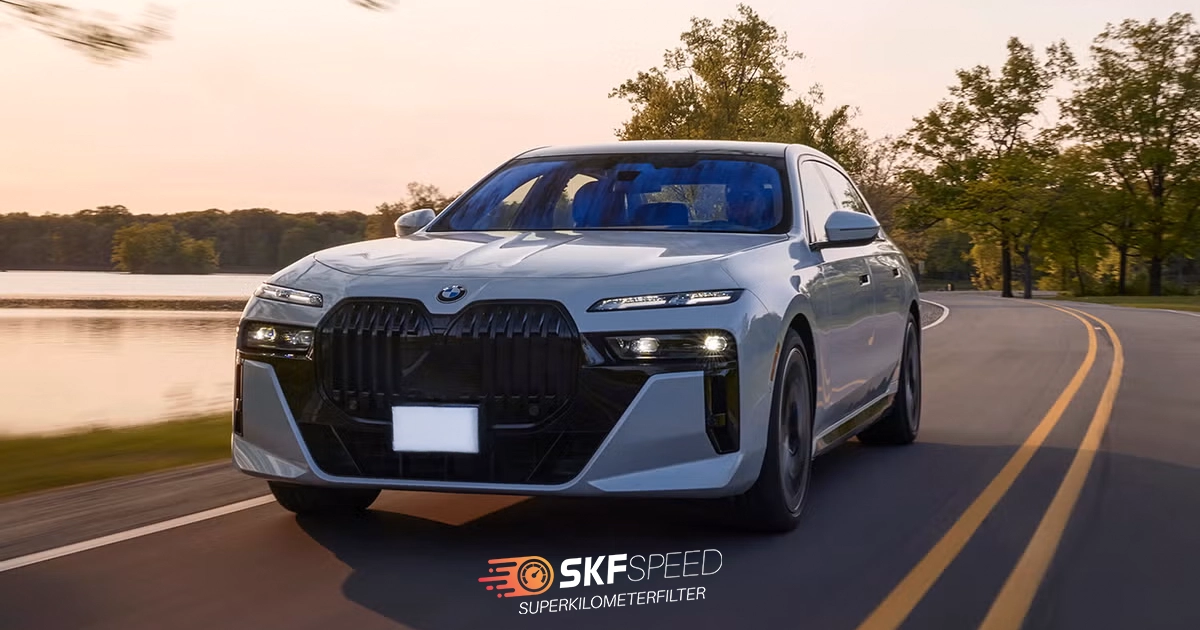
OBD2 speedometer calibration is one of the most important adjustments every driver should understand if they want their vehicle to perform safely, legally, and efficiently. Whether you drive a modern car with a digital dashboard or an older automobile with a mechanical system, your speedometer needs to stay accurate. A wrong reading can lead to speeding tickets. It can also stop your vehicle from passing its yearly road inspection. Today, the process is much easier. You can calibrate your speed through the OBD2 port. This makes it more precise and simple for every driver.
In this blog, we will discuss why speedometer calibration is important, how to use this information, and how the SKF calibration device helps you get the best results.
Every auto depends on correct speed readings. It’s essential both for legal compliance and road safety. When your dashboard displays wrong MPH numbers, you risk speeding unintentionally, getting penalties, or failing your MOT test. According to a 2023 research, faulty dashboards account for around 5% of speeding offences each year.
Moreover, you should know that you need calibration after you change to larger or smaller tires. The reason is that it alters wheel circumference, and even a small difference of 3% in tire size can cause a misreading of up to 5 MPH. It is enough to trigger a speed alarm or confuse your navigation system. Correct obd2 speedometer calibration helps your digital display to match real information, so your legal documents remain accurate.

Most modern cars come with an OBD2 port. It lets mechanics and even confident DIY drivers run diagnostics and make adjustments. To calibrate, you simply plug a device into the OBD2 connection. It then talks directly to the vehicle’s electronic control unit, or ECU. The OBD2 calibration tool does three main things:
Because this process works directly with the ECU, it avoids interfering with other functions such as traction control or turbo boost monitoring. Many modern calibration devices also integrate with a mobile App, making them smarter and easier to use for daily drivers.
If you have ever upgraded your wheels for aesthetics or performance, you know how dramatically tire size affects speed readings. Bigger tires cover more distance per rotation, which makes the car’s speedometer read slower than reality. Smaller tires do the opposite.
OBD2 speedometer calibration can be really helpful in various situations. Imagine your vehicle shows 60 MPH while your GPS says 64 MPH. Calibration fixes the gap so your speedometer and odometer match your real speed.
Let’s discuss a scenario. Imagine a fleet which carries ten vehicles. If each one shows inaccurate mileage by even 2%, the company will lose thousands of dollars in maintenance and reimbursement claims. That’s why fleet managers pay particular attention to OBD2 calibration tools as a universal solution.
Speedometer calibration is a handful for everyday car owners in multiple situations:
Neglecting calibration can have expensive consequences. In the U.S., failing to provide proper speedometer certificates can prevent drivers from disputing speeding tickets. In the U.K., the MOT test explicitly checks speed readings, and inaccurate displays can result in failure.
Our SKF device stands out because it doesn’t just correct the speedometer—it also ensures the functions of ABS and ESP remain intact. Many cheap calibrators interfere with safety systems, but SKF integrates smoothly by working ahead of the CAN bus signal.

Drivers who use turbocharged autos or vehicles with performance modifications also benefit. Accurate calibration prevents false speed readings that could mislead boost monitoring or inclinometer data in off-road conditions.
According to SKF’s internal testing, their calibration tool reduces average dashboard errors from 4.2% to less than 0.5%, making it the most precise on the market.
The greatest value of calibration lies in peace of mind. When you know your speedometer matches your GPS navigation, you drive confidently without worrying about false alarms from smart speed limit systems. Many countries in the EU are introducing Intelligent Speed Assistance (ISA) systems that rely on digital dashboards to keep cars within limits. A speedometer that is not calibrated correctly can cause false alarms, distract drivers, and compromise your safety.
Calibrated vehicles have a higher resale value. When you file a claim, insurance companies use real speed data, and buyers trust accurate mileage records. A 2024 U.S. insurance survey found that 78% of denied accident claims were due to differences in car data reports. This shows why it’s important to calibrate your OBD2 speedometer for your safety and financial protection.
OBD2 speedometer calibration is adjusting a speedometer through the OBD port. It helps you keep your vehicle’s data correct and avoid insurance issues. The SKF speedometer calibration tool makes the process even simpler and more reliable.





Here you will find all the details about our company
Here you will find shipping and return related information
Here you will find information on all technical questions
Here you will find helpful information about installation